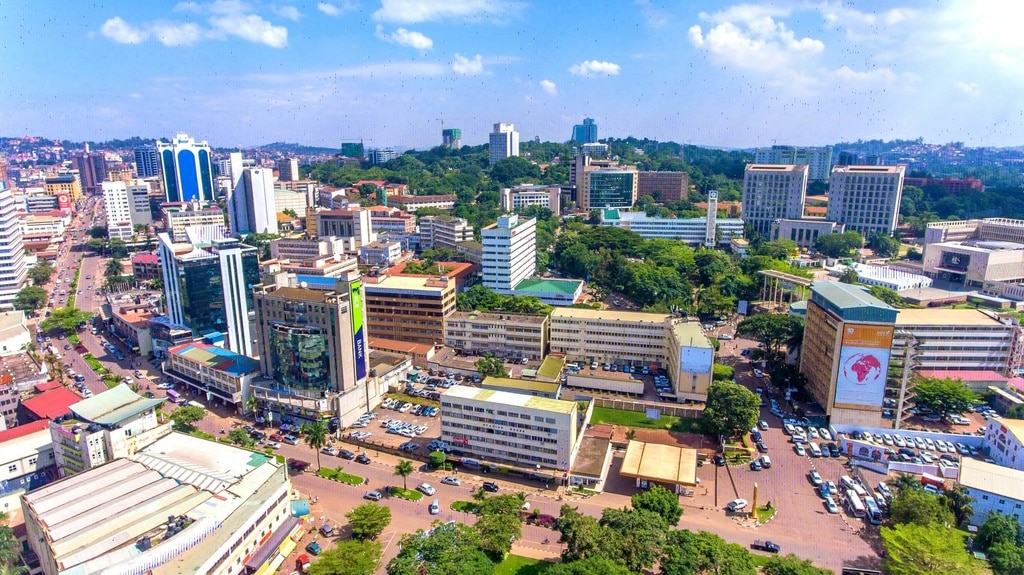Between 2023 and 2030, Uganda will need $28.1 billion (over 78.3 trillion Ugandan shillings) to accelerate its sustainable development. This amount, estimated by the Ugandan Ministry of Finance, is expected to finance climate change adaptation through the construction of green infrastructure and to strengthen mitigation measures to reduce greenhouse gas (GHG) emissions by 25%.
Several projects will be implemented, mainly in the areas of clean energy, agro-ecology and electric mobility, to improve the living environment of the population, particularly in Kampala. Indeed, the Ugandan capital has experienced strong demographic growth in recent years (from 1.5 million people in 2014 to 3.6 million in 2022, according to official figures) which has increased air pollution. According to the Kampala Capital City Authority (KCCA), industrial activities and open burning of solid waste are the main sources of this phenomenon.
In response, the private sector will commit up to $4 billion (Ugandan shillings 14,914 billion) to the climate resilience fund initiated by the government of Uganda. “This operation through public sources is proving futile, as most of the funding is being provided in the form of loans rather than grants,” say the Ugandan authorities. The rest of the $21.1 billion will be raised by 2030 from several international partners.
Read aslso-
These include Germany. 68.8 million to the Kampala authorities to support the third phase of its National Development Plan, which focuses on the transformation of agri-food systems and the sustainable management of natural environments, among others. 1.5 million (5.5 billion Ugandan shillings) for the launch of the “Building Sustainable” project in Uganda. Additional climate funding from this institution is expected in the coming years.
Benoit-Ivan Wansi
